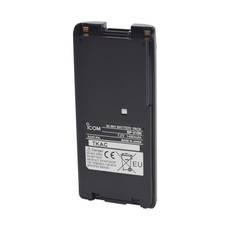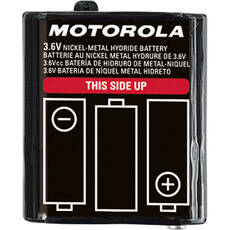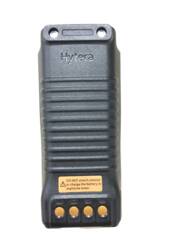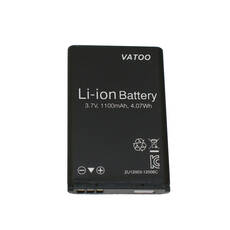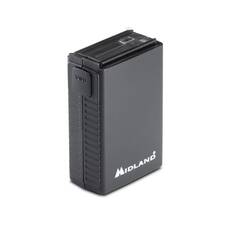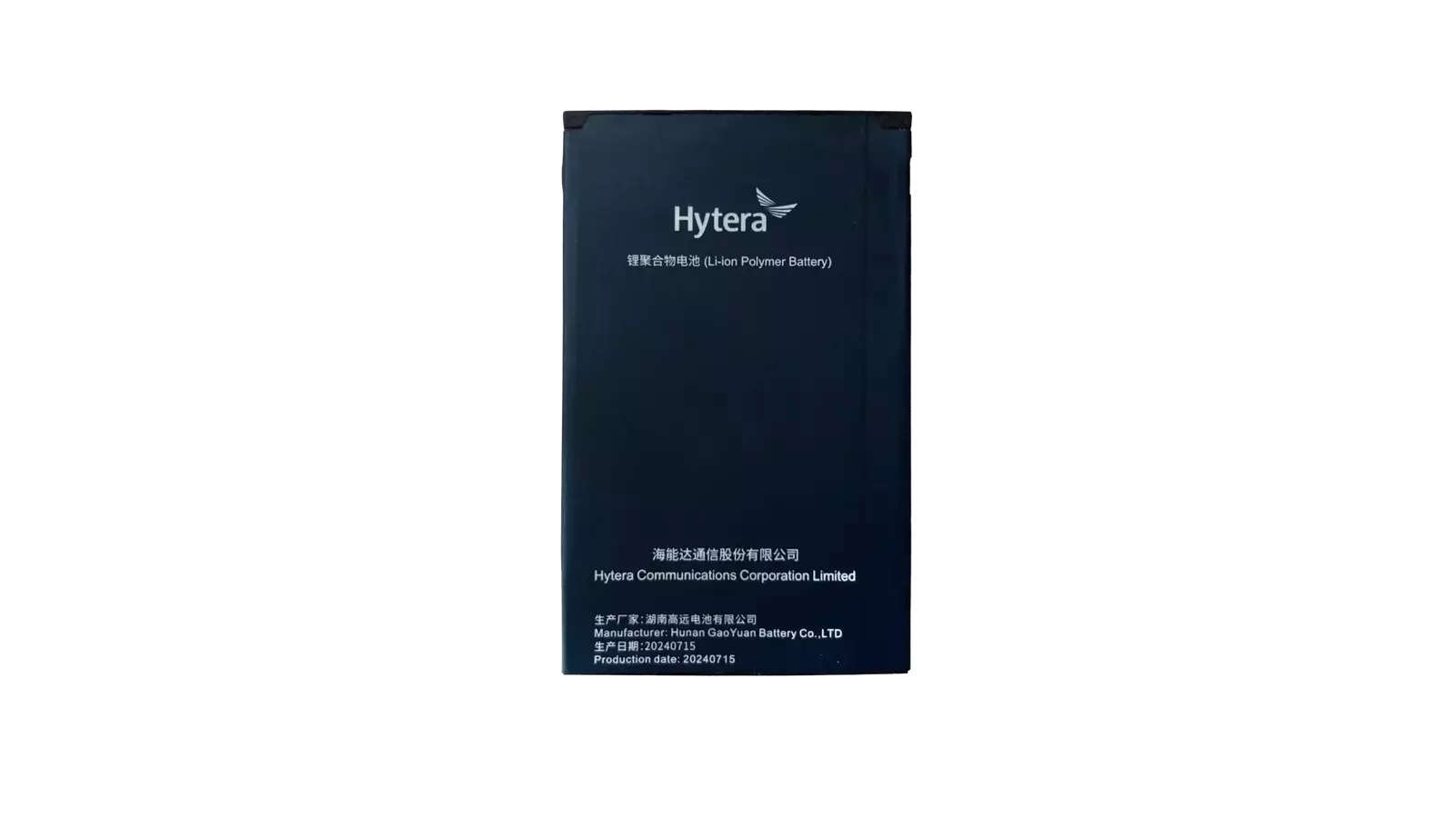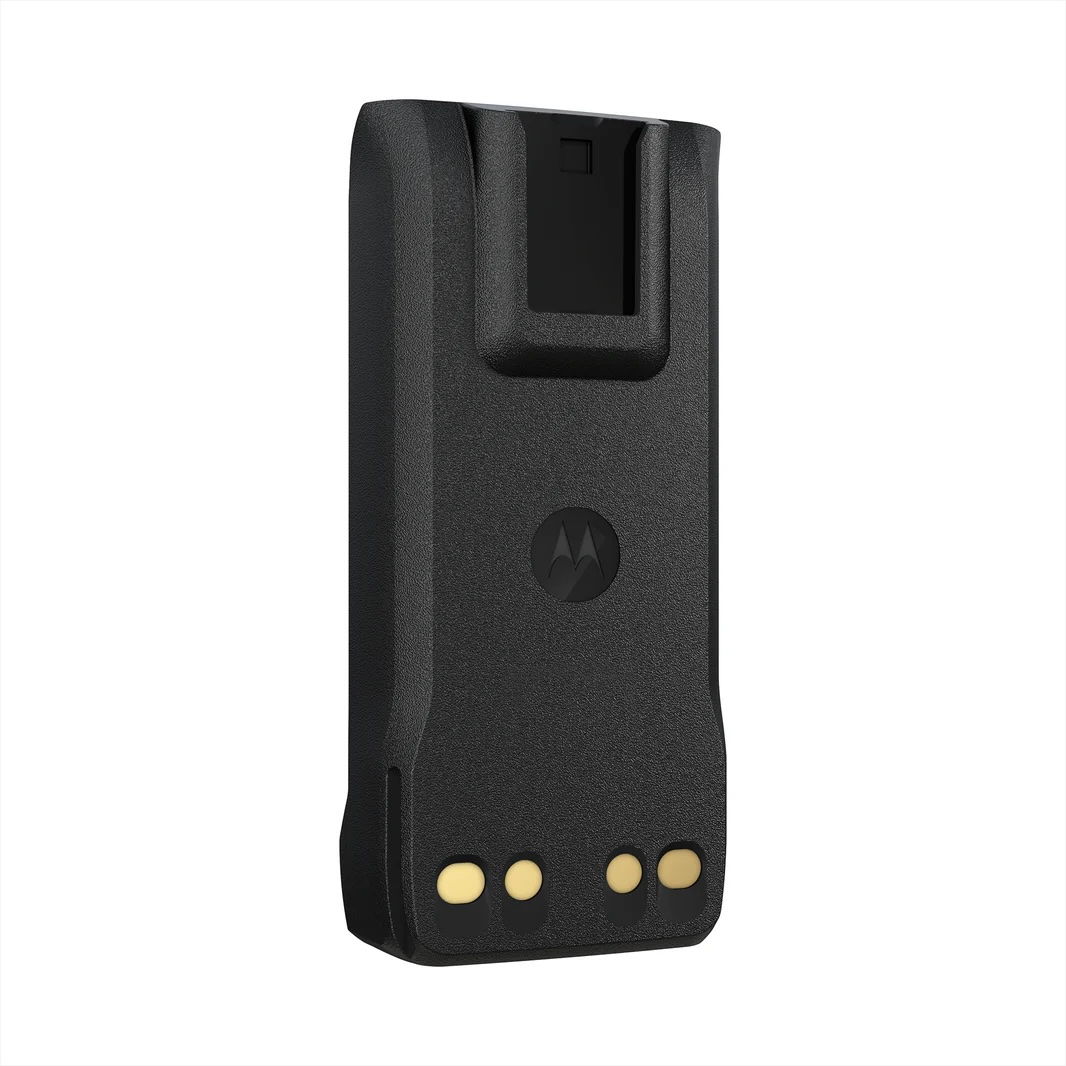Two-way Radio Battery
- further categoriesToday we distinguish between two types of batteries. What are they? Primary and secondary batteries. Primary batteries are those that cannot be recharged, while secondary batteries can be recharged several times. Two-way Radio Battery are the most rechargeable of the large number of rechargeable versions, meaning that a transceiver rechargeable battery is also a device that stores electrical energy and, when charged, converts the electricity into a chemical energy source. Read more...
• 1500mAh Li-ion battery for Hytera HP505, HP565 radio
• IP67 compliant
• 13 hours operating time in digital mode (variable with frequency)
• 2000mAh Li-ion polymer battery for Hytera HP605, HP685 radio
• IP67 compliant, 174g Li-ion battery with 14 hours operating time in digital mode (variable with frequency)
• Intrinsically Safe Lithium-Ion Battery (1800mAh)
• Compatible radios: Pd795IS, PT790Ex
• For Motorola DP4401 and DP4801
• IP67 protection
• 9.0V/3300mAh primary battery pack for GMDSS survival craft radio
• The BP-234 Lithium battery pack is not rechargeable and must be replaced after any use
• Needed for Wheelmark Requirment MED 96/98/EC Regulation
• 1100 mAh TelMe lithium ion battery for TelMe-R and TelMe-T products
• 3.7 V Voltage
• Rated capacity: 12.5 Ah
• Rated voltage: 14.8 V
• Connectable to Hytera HR655 and chargeable with PS8002
• Rechargeable lithium ion battery pack with 2800 mAh for Alan 42 DS CB radios
• Easily recharge the battery pack through the USB-C charging socket at the battery
• Operating time about 25 hours
• 4000 mAh Li-poly Battery
• Battery capacity: 2200mAh Li-Ion
• IP67 protection
• Battery capacity: 3200mAh Li-Ion
• IP67 protection
In this form, it can store it for a long time. And when used, it converts the chemical capacity back into electricity. There are alkaline batteries, NiMH and Li-Ion and Li-polymer transceiver batteries.
Is there a difference between Two-way Radio Battery in terms of energy efficiency?
Rechargeable batteries are more expensive than disposable alkaline batteries, but are more economical and environmentally friendly in the long run. Rechargeable batteries have a charge and discharge cycle of between 500 and 1200 cycles. This depends largely on the type of battery. NiCd batteries are cheaper, but have a shorter life and are less energy efficient than NiMH resources.
The efficiency of these batteries decreases when stored at higher temperatures. If you store these types of power sources in a cool place, it is sufficient to charge them to 40 percent. Li-Ion batteries are characterised by high specific energy density and the absence of toxic substances. They have 30-40 percent higher capacity and energy efficiency than standard NiCd storage devices. But you can also choose Li-polymer batteries.
The correct term for this type of battery is lithium-ion polymer battery. But the industry just refers to them as Li-polymer batteries. There is really no significant difference between the two storage devices, meaning they are essentially the same as the lithium-ion version. Both systems use the same cathode and anode materials and contain similar amounts of electrolyte. Li-polymer power sources also have a high energy density. They can operate at mostly stable voltages.
Both batteries are easier and more malleable than other batteries to manufacture, allowing them to fit into smaller spaces and allowing for a more ergonomic design. Perhaps the only difference between the two batteries is not in energy efficiency, where there is not much difference, but in charging speed. Li-polymer batteries have a longer charging time than Li-Ion batteries, but their energy storage is lower.
What capacity of Two-way Radio Battery do we need? How to choose the right one?
Today, batteries are one of the most important components of electronic devices as portable power sources. This is no different for transceivers. We use them when we are sailing, flying, driving, travelling, hiking or working in our leisure time. Each has its own advantages and disadvantages. Alkaline batteries are the most common mini batteries. They are economical and have a relatively long life. Why is this important? There are many batteries in our range that can hold 5-6 batteries, providing the power source.
Alkaline batteries last up to five times longer than Ni-MH batteries. Li-Ion batteries have a much higher energy density than the aforementioned alkaline batteries or Ni-MH batteries, so they are lighter and last even longer. In addition, Li-Ion batteries are resistant to temperature extremes, have a relatively low self-discharge rate of less than half that of NiCd and NiMH batteries, and require little maintenance. They also have the advantage of not requiring periodic discharges and have no memory effect.
What is the charging time and how can we charge the Two-way Radio Battery?
Depending on the type and capacity of the battery, the charging time can vary greatly.
If the battery can handle high charging currents, the charging station can also be used as a fast charger, which allows you to charge the battery even faster.
How can we check the battery charge level of the Two-way Radio Battery?
Battery chargers and adapters usually have an orange or red circular light that, when lit, indicates that the charger is working and charging.
What is the battery capacity of the Two-way Radio Battery?
The DND Telecom webshop offers a wide range of transceiver batteries with different capacities. For example, from NiMH batteries with a capacity of 800mAh to Li-Ion batteries with a high capacity of 3200mAh.
Can the Two-way Radio Battery not be compatible with certain devices or models?
Not all batteries can be connected to our transceivers. This depends largely on the type and size of the power source and how it is connected. So when buying a transceiver battery, make sure you choose only and exclusively a fully compatible battery.
In all cases, your choice should be based on how long you intend to use your transceiver. You will find different types of Two-way Radio Battery in the DND webshop.


